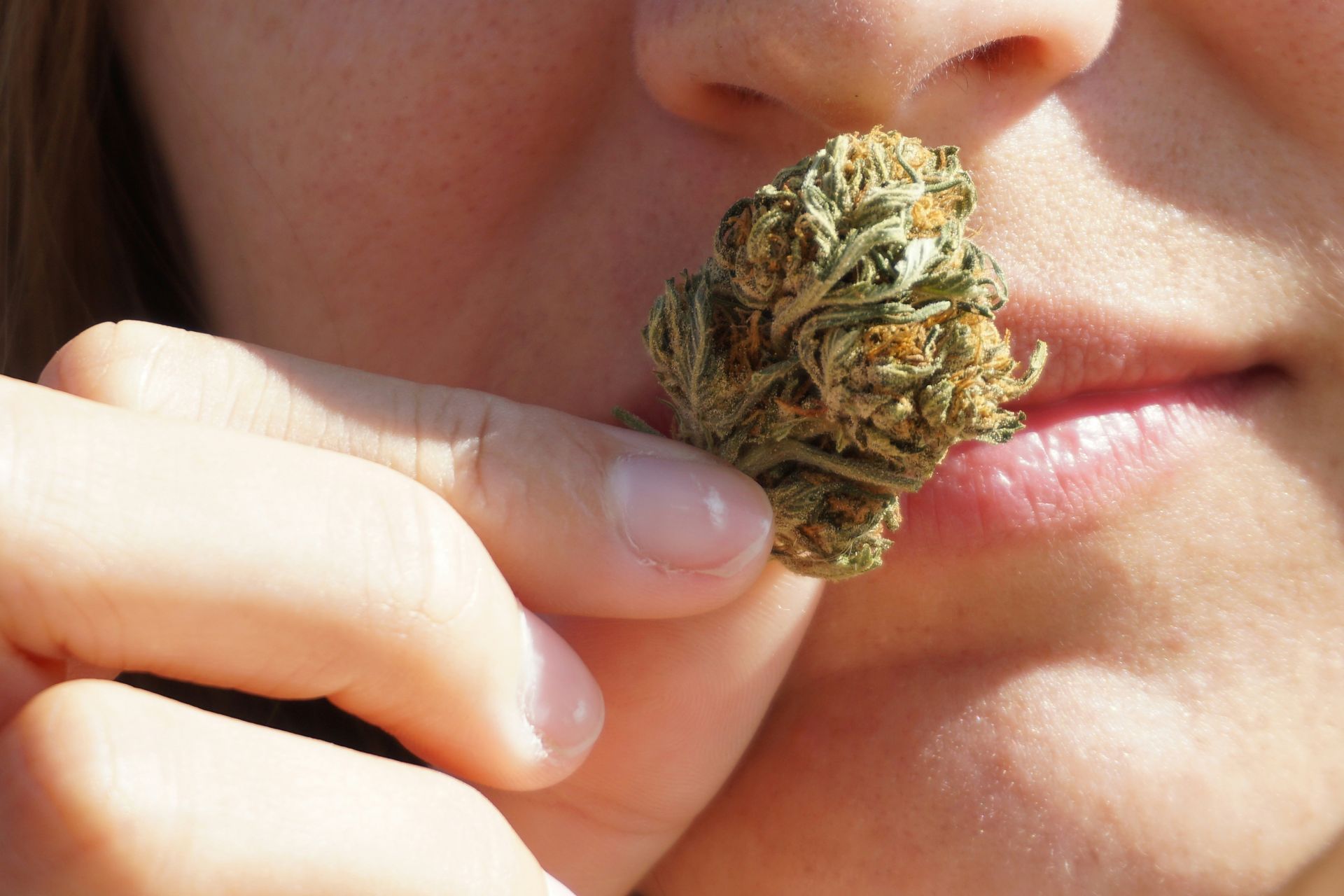
Since infused products are perishable, proper storage is key. Store them in an airtight container in the fridge or freezer to keep them fresh and prevent spoilage. This way, you can enjoy your creations for longer without losing potency or flavor.
Cannabis cooking is a fun way to experience the benefits of cannabis in a tasty and creative way. Whether you’re a seasoned chef or a kitchen newbie, mastering the infusion process is key to making delicious edibles. From sweet to savory, cannabis cooking has endless ways to enjoy your favorite cannabis products in new and exciting ways. In this guide we’ll get into the techniques, recipes and tips to help you make the perfect edible and get the most flavor and potency.
How to Cook with Cannabis: A Beginners Guide
Cannabis cooking is a fun way to enjoy the benefits of cannabis and make your own edibles. Whether you want sweet treats like pot brownies or savory recipes like cannabis pasta, understanding the basics of the cannabis infusion process is key to getting the final product right. This guide will take you through how to cook with cannabis, covering everything from choosing the right cannabis products to making cannabis infused butter and oils.
1. The Basics of Cooking with Cannabis
Before we get into cannabis infused foods, we need to understand how cannabis works in cooking. Raw cannabis flowers contain cannabinoids in their acid form which need to go through the process of heating cannabis – decarboxylation – to activate the THC. Without this step your homemade edibles won’t have the desired effect.
To decarboxylate cannabis properly spread it out on a cookie sheet and heat it low to avoid burning. This simple but crucial step is the foundation for successful cannabis food infusion.
2. Ingredients
When cooking with THC you need the right ingredients to get the best flavor and potency. Here’s what you’ll need:
- Cannabis flowers: The base of all infusions.
- Unsalted butter or regular butter: For making cannabis infused butter for baking and cooking.
- Vegetable oil or cannabis infused olive oil: For frying or adding to savory dishes.
- Premade cannabis oil: For quicker recipes.
3. Infusion
The core of cannabis cooking is the infusion process where cannabis is combined with fat based ingredients like butter or oil to make cannabis infused products. Here are the most popular methods:
- Cannabutter: For baking with weed and adding to your favorite recipes.
- Cannabis oil: Whether you’re using vegetable oil or cannabis infused olive oil, this works for all dishes.
- Water bath method: A gentle and controlled way to infuse butter or oil.
4. Top Tips for Infusions
To get consistent potency and flavor in your cannabis infused foods you need to pay attention to detail. Follow these:
- Use the right fat to cannabis ratio: Too much or too little can affect the potency of your cannabis oil.
- Control your heat: Overheating can cause a strong cannabis smell and degrade the cannabinoids.
- Store properly: Use an airtight container to store perishable cannabis products and keep them fresh.
5. Dosing
When cooking with cannabis proper dosing is key to not overdo it. Start with a small serving and wait at least 1-2 hours before consuming more to avoid cannabis overdose. Homemade edibles can be stronger than expected so knowing how much THC is in your final product is important for a safe experience.
6. Beginner Recipes
Now that you’ve got the basics down it’s time to try some recipes from a cannabis cookbook or make your own. Here are some to get you started:
- Brownies: A classic.
- Cannabis infused pasta: A savory dish.
- Cannabis baking pop: A fun way to eat edibles daily.
Storing Your Infused Foods
Since infused products are perishable storing them properly is key. Keep them in an airtight container in the fridge or freezer to keep them fresh and prevent spoilage. This way you can enjoy your creations for longer without losing potency or flavor.
Eat well
Cooking with cannabis has endless possibilities for cannabis consumers looking to take their culinary experience to the next level. Whether you’re using a cooking with cannabis book or making it up as you go, understanding the infusion process will help you make delicious and potent homemade edibles with ease.
Cooking with Cannabis: Do’s and Don’ts
Cooking with cannabis can be fun and easy if you do it right. Here are the essential dos and don’ts of cooking with cannabis:
Do:
- Decarboxylate Correctly: Heat cannabis flowers on a cookie sheet at low temp to activate THC.
- Use Quality Ingredients: Unsalted butter, cannabis infused olive oil or vegetable oil for infusion.
- Start Low: Begin with small amounts and increase as needed to avoid over consumption.
- Stir Well: Make sure cannabis is evenly distributed in food for consistent potency.
- Store: Keep edibles in an airtight container to keep fresh and potent.
- Try Recipes: Make different infused products, brownies to savory dishes.
Don’t:
- Don’t skip decarboxylation: Raw cannabis won’t work without proper heat.
- Overheat infusions: Too much heat can degrade cannabinoids and reduce potency.
- Use too much cannabis: Overloading will give you a strong cannabis smell and overpowering taste.
- Rush the process: Infusion takes time, rushing will give you uneven potency.
- Forget the fat: Choosing the wrong fat affects absorption and taste.
- Neglect storage: Perishable products need to be refrigerated to prevent spoilage.
Follow these do’s and don’ts and you’ll have a safe and enjoyable cooking experience.
Conclusion
Cooking with cannabis is fun and easy whether you’re making edibles at home or trying new infused recipes. By following the basics—decarboxylate correctly, choose the right fats, dose correctly—you can make delicious and potent infused foods with ease. Remember to store your creations and start low to dose safely. Whether you’re baking with weed or trying savory infused dishes, be patient and pay attention. Enjoy the process and eat well!






